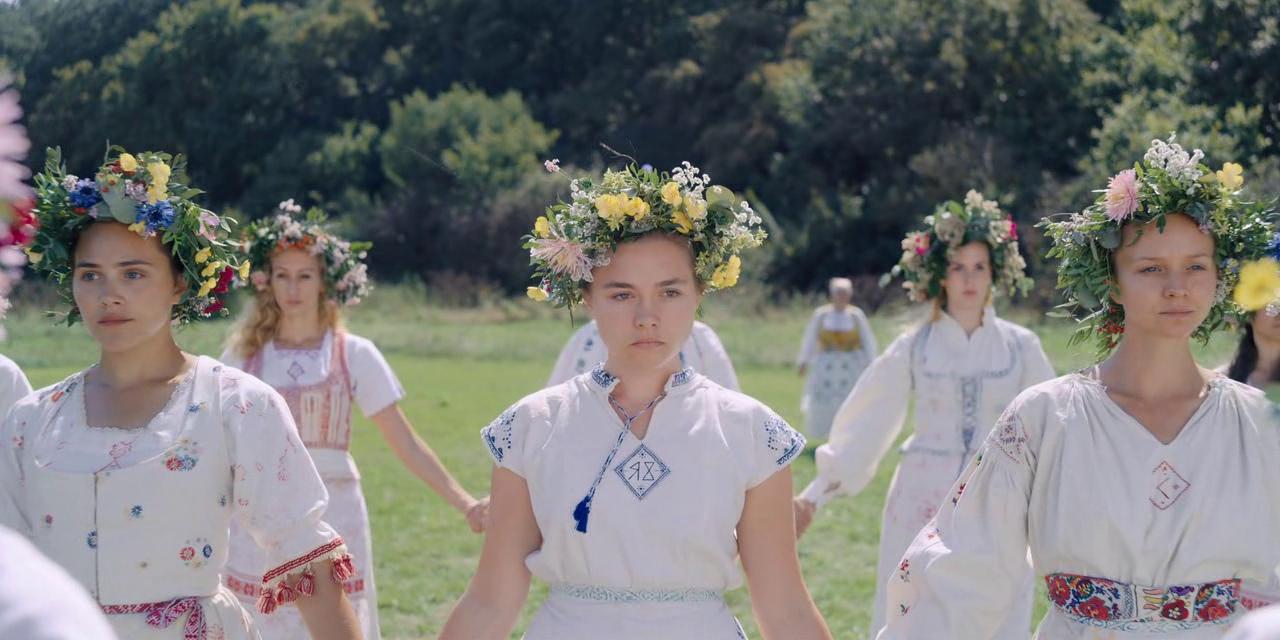Table of Contents
Cults and Extreme Religious Practices
✌︎ Isolated religious communities that develop extreme beliefs and practices are a staple of folk horror. These groups typically maintain belief systems that have diverged from mainstream religion, often incorporating elements of paganism, nature worship, or extreme interpretations of established faiths.
Characteristics of Folk Horror Cults
Folk horror cults typically share several characteristics:
- Isolation - Physical or social separation from mainstream society
- Hierarchy - Clear power structures, often with charismatic leaders
- Rituals - Distinctive ceremonial practices central to their belief system
- Sacrifice - Willingness to sacrifice for the greater good of the community
- Secrecy - Hidden knowledge or practices concealed from outsiders
Notable Folk Horror Cults
The Heathen Community of Summerisle
The Wicker Man (1972, UK) presents perhaps the most iconic folk horror cult. Led by Lord Summerisle, the inhabitants of this remote Scottish island have revived ancient pagan practices to ensure agricultural fertility.
The Children of the Corn
In Children of the Corn (1984, US), based on Stephen King's story, rural children form a cult that worships "He Who Walks Behind the Rows," sacrificing adults to ensure bountiful corn harvests.
The Hårga
Midsommar (2019, US/Sweden) depicts the Hårga community, whose seemingly benign midsummer celebrations mask disturbing rituals including human sacrifice and eugenics.

Common Narrative Patterns
The Infiltration
Many folk horror films follow a structure where outsiders infiltrate or are lured into cult communities:
- Eye of the Devil (1966, UK)
- The Wicker Man (1972, UK)
- Apostle (2018, US)
- Midsommar (2019, US)
The Discovery
Other films feature characters who discover cult activities in seemingly normal communities:
- Crowhaven Farm (1970, US)
- The Dark Secret of Harvest Home (1978, US)
- Alison's Birthday (1981, Australia)
The Inheritance
Some folk horror narratives involve characters who discover they have inherited a position or role within a cult:
- Rosemary's Baby (1968, US)
- Hereditary (2018, US)
- Incantation (2022, Taiwan)
Cultural Variations
Folk horror cults reflect the cultural contexts in which they appear:
- British folk horror often features neo-pagan revivals in rural communities
- American folk horror frequently explores religious extremism and fundamentalism
- East Asian folk horror commonly depicts ancestral cults and familial obligations
- Latin American folk horror often blends indigenous beliefs with Catholicism
Sociological Readings
Folk horror cults can be interpreted as expressions of anxiety about:
- Social conformity - The pressure to conform to community expectations
- Modern alienation - The appeal of belonging to something larger than oneself
- Cultural tradition - The tension between preserving tradition and embracing progress
- Authority - The dangers of unquestioning obedience to charismatic leaders
This note is part of a series exploring folk horror in cinema. Return to the main Folk Horror overview to explore other tropes.